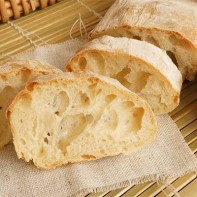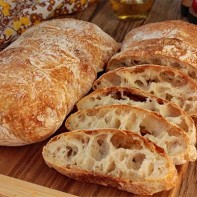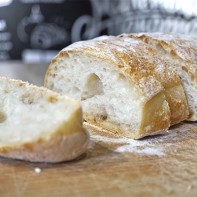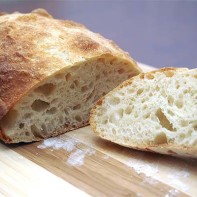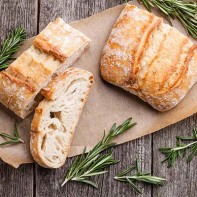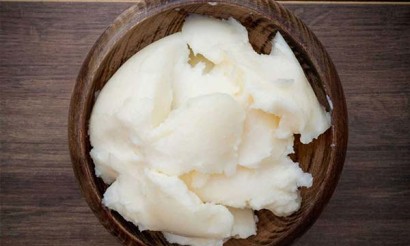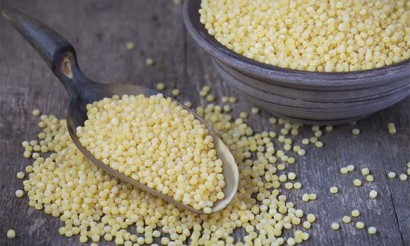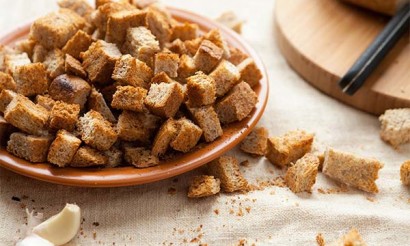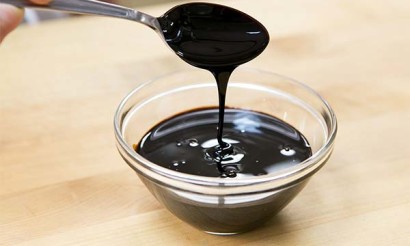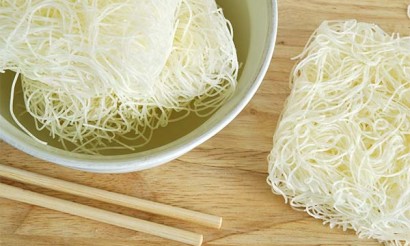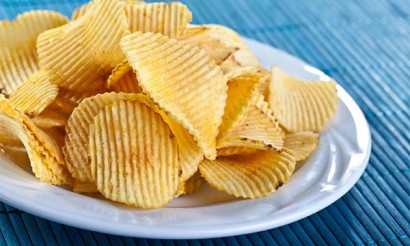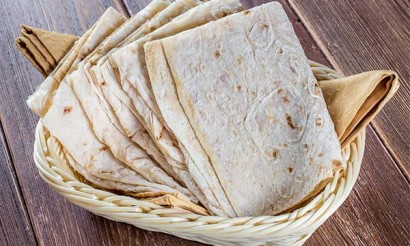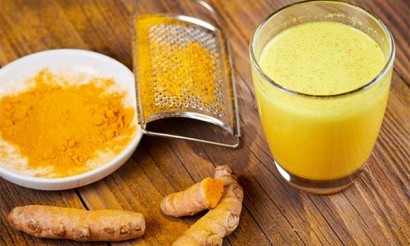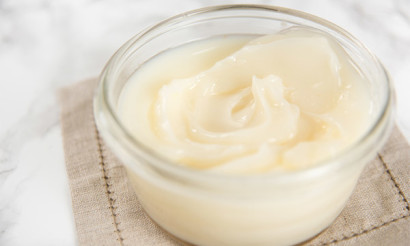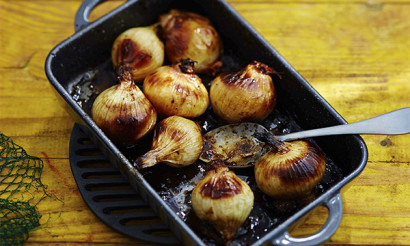Ciabatta: what is this bread, composition, calories, benefits and harms
The homeland of many culinary innovations is considered Italy. Among them is ciabatta, the caloric value of which worries those who keep the body in shape, but have a passion for baking. Although this bread does not have a centuries-old history, the pastry that is made now is somewhat different from the traditional preparation in its native places. About all the features and subtleties of cooking this bake is told below.
- What is ciabatta
- History of origin
- Types
- How ciabatta differs from ordinary bread
- Composition and calories
- What is Ciabatta Bread Good for?
- General benefits
- For Men
- For Women
- While Pregnant
- For breastfeeding
- For children
- When losing weight
- Health Hazards and Contraindications
- How to Know if Ciabatta is Fresh
- How to store properly
- How to bake ciabatta at home
- In the oven
- In the bread oven
- In a Multicooker
- The steps to making ciabatta on an industrial scale
- What is Ciabatta Eaten with?
- Interesting facts about ciabatta
What is ciabatta
Ciabatta (ciabatta) is a type of bread that has an elongated shape and a crispy hard crust. On the inside, on the contrary, it has a delicate and light flesh with large holes, which is why it is often jokingly equated to cheese.
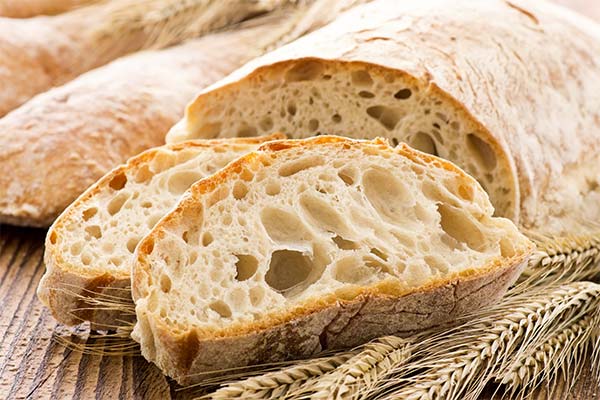
It is noteworthy that the recipe for making chabatta, depending on the inspiration and desires of the baker and the region of Italy, can vary, but it is the traditional recipe that has won the hearts of many lovers of baked goods.
History of origin
Cavallari Arnaldo, 4 time Italian racing champion, opened his bakery in Adria (near Venice) at the age of 40 and through many experiments he discovered the recipe for a delicious slipper-shaped bread. In order to get such a soft dough composition with high water content, he used his own produced protein flour.
In 1983, Arnaldo took out a patent for a product called Ciabatta Polesano and two years later Ciabatta Italiana. The pastry first appeared in the UK in 1985 and then in America after 2 years. A curious fact is that this is sort of the only case where it is known not only at what time, but also by whom bread was invented.
Types
Masters of cooking as a result of experimenting with the ingredients for the sourdough obtained a mass of varieties of bread. The most popular of these are considered to be:
- Ciabatta toscana. - This type of pastry has a soft crust, but the texture of the dough itself is denser.
- Ceabatta integrale - This kind of ciabatta is made only from whole wheat flour.
- Como ciabatta - This is that well-known Italian bread, the crust of which is crispy, but the dough is especially soft.
- Ciabatta al latte - In order to make this pastry, milk is added to the sourdough.
What is the difference between ciabatta and ciabatta bread?
The main difference between this type of Italian pastry compared to others is its unshaped shape. As for the composition, there is no difference with plain bread, Ciabatta also uses: pressed yeast, flour, salt and water. Then the question arises why its appearance and texture are different? The secret lies in the production technology itself, the differences of which are given below:
- Specifying the phrase in recipes - dough with a moisture content of 75 or 100% - indicates that per 100 grams of flour you need to take the amount of water corresponding to this percentage. This is why the baked goods have such a non-standard appearance, since there is a high liquid content in the dough. And because of the sticky and flowing texture, it is quite problematic to give a beautiful appearance to the future bread.
- Sponginess. Plain bread, unlike airy flesh with large holes, has a nonporous, dense structure.
- Additional ingredients. When making Italian bread, ingredients such as: spices, cream, or milk can be used. What is not allowed in the recipe for regular baked goods.
Composition and calories
Bread includes vitamins A, E, B1, B2, B6 and B9, as well as folic acid in large quantities.
Per 100 grams of baked goods there are:
- fats - 3.8 g.
- carbohydrates - 47.8 g.
- Proteins - 7.7 gr.
The total caloric value is: 222 kcal.
In addition, there are amino acids: valine, lysine, phenylalanine, methionine, glycine, as well as minerals: magnesium, phosphorus, calcium and zinc.
How is ciabatta bread useful?
In the preparation of Italian bread, the main condition must be respected - this is a 12-hour soaking of the sourdough. It is at this time the dough becomes rich, homogeneous, and the yeast in its composition goes through a complete maturation process. Such features and give baked goods puffiness, excellent taste and saturation with useful elements.
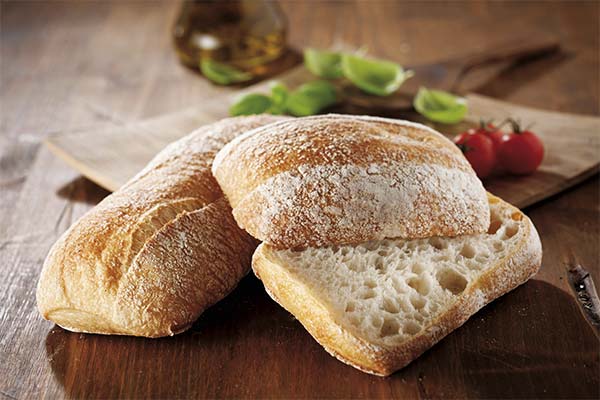
General benefits
Chabatta is good for people who have intestinal diseases, gastritis and duodenal ulcers. Due to its low calorie content, this pastry can serve as an excellent substitute for plain bread. And also it has a special benefit for a weakened body with low immunity or in the post-operative period. Below is described in more detail about the positive effects of bread.
For Men
Italians love the porous, non-uniform pastry. On the one hand, it is light and on the other hand, it is hearty. Men like ciabatta, because this bread has a delicate texture and rich flavor. The yeast in its composition is completely dissolved, so the consumption of baked goods does not cause flatulence.
The benefits of ciabatta for men:
- Stimulates the increase of "male hormones" due to the presence of zinc.
- Guarantees a quick satiation - baked goods can be a snack or an addition to the main course.
- Saturates the body with healthy amino acids.
- Creates a healthy dinner - ciabatta goes well with wine, meat dishes.
- It promotes the proper functioning of the intestines - the product is prepared on sourdough with the addition of olive oil.
Ciabatta is good for men who often suffer from colds, have a weak heart, live with stomach and intestinal problems. However, it is definitely not worth using such a pastry for someone who has a strong intolerance to one or more of the ingredients.
For women
Representatives of the beautiful half of humanity usually avoid baking in order to maintain good body proportions. However, if you want to eat a sandwich or complement soup, it is better to choose ciabatta than a piece of the usual white bread. All because the traditional Italian pastry is rich in healthy amino acids. It is also endowed with zinc, magnesium and calcium.
Ciabatta is also a treasure trove of vitamin B. This pastry will help take care of women's health and quickly give a feeling of fullness. You can enjoy this bread even if there is flatulence and other GI problems. However, it is important to consume it in small portions. It is not recommended to do it at night.
An unexpected benefit of ciabatta is also that it is easy to bake. A woman will be able to conquer her chosen one with her extraordinary culinary talents. Italian bread can easily become an independent dish, a snack, an addition to lunch or dinner. The favorite won't be able to resist the delicate aroma of freshly baked bread. Bread is easy to bake, having on hand a good wheat flour, sourdough, salt and, of course, the recipe.
In Pregnancy.
The consumption of this type of bread during the period of carrying a fetus carries a certain benefit. Due to the high content of dietary fiber in a woman improves the peristalsis of the gastrointestinal tract, accelerates the removal from the body of harmful compounds and substances, which include nitrates, radioactive elements and heavy metal salts.
When breastfeeding
Chabatta is perfectly absorbed by the body of the nursing mother, has maximum intestinal benefits and has a beneficial effect on the metabolism. Due to the large amount of enzymes, amino acids and vitamins it can be consumed while breastfeeding, but special attention must be paid to the quality of the flour in the product.
For children
The child is growing rapidly and is in constant motion. The consumption of ciabatta in the diet will help his body to get enough carbohydrates and calcium, which is the main element in the development in children.
For weight loss.
For weight loss, such baked goods are not recommended. But, if there is an urgent need to follow a diet due to gastrointestinal diseases, Italian pastries will come in handy. It does not irritate the mucosa and is quickly digested by the stomach.
Harm and contraindications
When cooking ciabatta, the highest grade flour is used, obtained from the durum variety of wheat. Because of its high carbohydrate content, the metabolism is disturbed and, as a result - overweight.
Such baked goods can also be harmful, but only in certain cases:
- if there are kidney diseases;
- There is an individual intolerance to the components of the product;
- in case of joint diseases.
How to understand that ciabatta is fresh
In order not to be disappointed in the Italian bread, you need to familiarize yourself with some criteria for its freshness before buying:
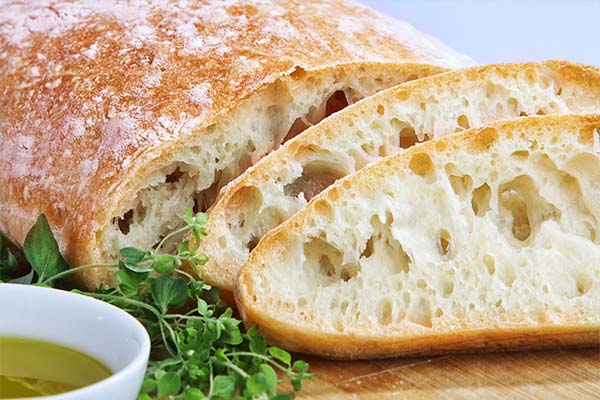
Softness is the first sign to look for. If the bread has been baked recently, it feels almost weightless, airy and easy to squeeze with your hands.
The appearance can also "tell" the quality of the product. Freshly baked bread is characterized by:
- A natural color, with no traces of mold;
- A ruddy thin crust;
- No black underburning or cracking.
How to store properly
Italian pastries need special storage. The maximum time in which ciabbata should remain fresh is 5 days, but to do this you must first put the bread in a dressing bag or wrapped in a linen cloth and placed in a wooden breadbox.
How to bake ciabatta at home
Elongated baguettes with a ruddy crust and porous, puffy flesh are ciabatta, an Italian classic. But you don't have to go to the motherland to taste it. You can prepare the mouth-watering loaves yourself according to one of the following recipes and in a convenient way.
In the oven
To cook ciabatta in the oven you will need the following ingredients:
- wheat flour - 400 g.
- dry yeast - 1 tsp.
- water - 330 ml
- sunflower oil - 1 tsp.
- salt - 0,5 tsp.
Method of preparation:
- In heated water (it should be slightly warm) you need to add yeast, salt and a small amount of flour. The ingredients are thoroughly mixed until a homogeneous mass without lumps.
- The remaining sifted flour should be introduced into the mixture in small portions, gradually kneading the dough. The dough should come out slightly sticky and runny. The main thing in this process is not to add too much flour to the dough.
- The resulting mixture should be lightly kneaded, put it in a bowl, cover it with a towel on top and send it to a warm place overnight. By morning, the dough should increase in size several times. Before forming the bread, the composition is well kneaded.
- On a thoroughly oiled parchment with sunflower oil, a large amount of flour is poured and the dough is placed on top. Even though the texture is very soft and liquid, it retains its shape well.
- Then on all sides you need to roll the sourdough in flour, making it look like a loaf. Then the parchment is placed on a baking tray, covered with a towel and left in this form for several hours in a warm place.
- At the end of this time, the blank is placed in an oven heated to 220 ° C.
Important! Be sure to put under it a fireproof container with water. This is necessary in order for the bake to rise well, but at the same time not to stick.
After 20 minutes, remove the dish with water from the oven and leave the bread for another 10 minutes, so that the crust browns. Then the pastry is taken out of the oven. Let it cool for a while, and then you can start portioning it out. If you cut a still hot pastry, the pores inside the pulp can squeeze, and the crumb itself will lose density and volume.
In the bread machine
The recipe calls for the following ingredients:
- dry yeast - 3-4 grams.
- Wheat flour - 250 gr.
- vegetable oil - 1 tbsp.
- water - 150 ml.
- dried garlic (minced) - 1 tsp.
- salt - 1 tsp.
- Italian herb mix - 2 tsp.
Method of preparation:
- In a bowl put all the loose ingredients, then pour water and turn on the mode of kneading dough in the bread machine. After turning off the device, you need to leave the dough inside for 1,5-2 hours.
- After this time, the kneading function is activated again. We must remember that the key to delicious ciabatta is a long kneading of the dough.
- The dough is taken out of the baking machine and formed into two oblongs or one large baguette and left to proof for 30 minutes. If the consistency of the dough came out a little runny, then do not panic, for this baking is a variation of the norm.
- If the size of the bread machine is suitable, you can bake ciabatta in it in the "Basic" mode, but you need to take into account that the cooking time increases by 2 times. Therefore, if time is limited, baguettes are placed on greased baking paper and placed in a preheated oven. After 10 minutes the temperature should be reduced to 220 ° C and baked until the ruddy crust (about 10-15 minutes).
- You can determine the readiness of the bread by a characteristic dull sound, which is produced when tapping and a golden brown color of the crust, and when you break the cooled ciabatta you should see big holes.
In the multicooker.
Ingredients:
- dry yeast - 1 tsp.
- olive oil (refined) - 30 ml.
- wheat flour (it is better to take the highest grade 00) - 250 gr.
- water - 180 ml.
- salt - 1 tsp.
- sugar - 1 tsp.
The step by step preparation of the chabatta:
- First you need to take water and all the loose ingredients. Preheat the water a little, add sugar and salt. Mix well, pour the yeast with sifted flour. Cover the resulting mixture with a lid and leave for at least 12 hours.
- Then carefully with a wooden spatula from the edge to the center mix the dough. Repeat the procedure several times. Close with the lid and leave for another 6 hours. The ready pastry has a bubbly texture.
- Place the dough on a lightly floured board and wrap it on all sides like an envelope. Such action should be repeated a couple of times and sprinkle the top with flour. The stew should be placed in a bowl of a multicooker, greasing it with butter and covered with a lid. After 4 hours of proving, set the "Baking" mode for 1.5 hours.
- After the sound signal to take out the bread, turn the white side to the bottom of the bowl and cook for another 20 minutes in the same mode.
Tips for self-cooking
If you follow some simple recommendations, you can somewhat facilitate the process of cooking homemade Italian pastries:
- Taking into account that airy dough contains a lot of moisture, which makes it wet and sticks to your hands, you need to place a bowl of water near the work area. And before proceeding with the action with the sourdough, your hands are slightly moistened, which will prevent sticking. But by no means use oil for this purpose, otherwise the dough will absorb it, and then the chabatta may not turn out.
- Hand kneading involves considerable inconvenience, so if possible, it is better to resort to the help of a bread machine or a planetary mixer.
- Do not worry if the baguettes lying on the tray look flat and unsuccessful. Heating and evaporation of the liquid creates air bubbles that help the bread rise.
- If you can't store the finished chabatta in cloth bags, you can use the freezer. And if necessary, take out the baked goods and heat them in the oven for a couple of minutes.
The steps of making ciabatta on an industrial scale
The technology of making Italian bread on a mass scale is somewhat different from the original. While in the classic recipe the omelette for baking must infuse for 12 hours, in large bakeries in matters of time is limited.
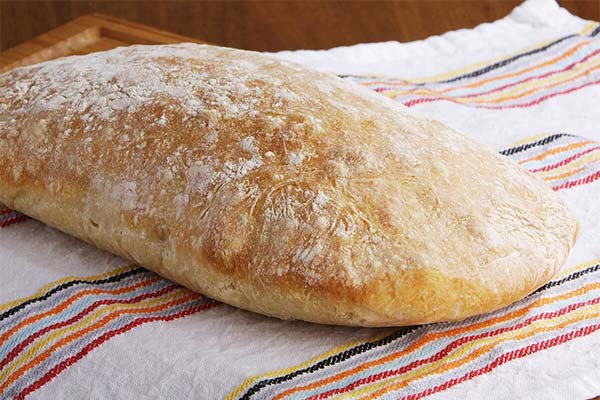
Industrial production involves such steps:
- Two-speed machines are used for kneading the dough. The first 2 to 4 minutes of kneading are at slow speed and the next 8 to 10 minutes are at high speed.
- The stew is poured into containers and left to rise for about 2 hours.
- After the dough is cut, it is sent to a special oven where it is proofed for another 1 hour at 70-75% humidity and a temperature of +38°C.
- Then the chabatta is baked at 200-215°C.
- When ready, the Italian bread is cooled, packed and sent for sale in stores.
What to eat ciabatta with
- Although Italian pastries seem simple at first glance, there are many variations in their preparation. In their homeland, this bread is used in such combinations:
- Hot sandwiches. Ciabatta is cut lengthwise, then pancetta is laid out and everything is coated with grated cheese. Such billets are sent to the preheated oven until crispy.
- A traditional sandwich with Italian bread and omelet onion filling.
- In the form of croutons or bruschetta. For this chabatta is sliced and fried. On top of it is laid out meat slices and poured all the sauce. Or they spread it with meat and liver pâté.
- Freshly baked bread is combined with soft kinds of cheeses, like gorgonzola, and tomatoes and fish are used as accompaniments.
In addition, the bread can be eaten simply, combined with a salad and as an accompaniment to soup as well as wine.
Interesting facts about ciabatta
Here are some entertaining events from the history of Italian bread:
- The history of ciabatta began in Liguria, but today it is made all over Italy.
- In Umbria, Tuscany, and the Marche, baked bread will differ significantly, both in its composition and in the crumb and crust.
- In literal Italian translation, the word Ciabatta means "homemade slipper.
- Chabatta according to the classic recipe is baked exclusively in special ovens, but modern housewives place a flattened stone in the oven and after it is heated, place a tray with bread crust on top.
Ciabatta is everyone's favorite Italian pastry. Once you try this bread with its delicate flavor and light texture, it is impossible to remain indifferent. Besides, it can serve as a good alternative to plain bread for domestic consumers. Especially since it has fewer calories and more benefits.
«Important: All information on the site is provided solely for introductory purposes only. Before applying any recommendations, consult a health care professional. specialist. Neither the editors nor the authors shall be liable for any possible harm caused by materials."

